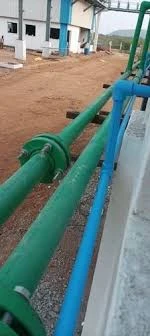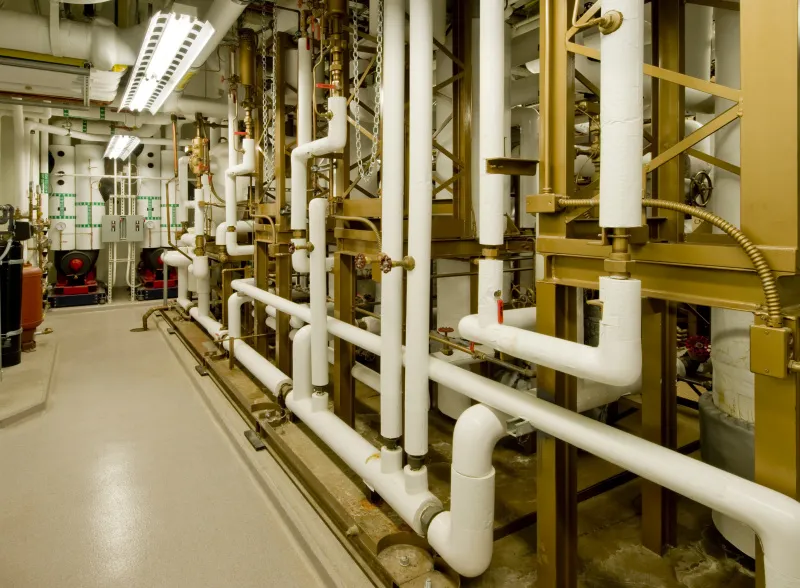1. Material Composition
- PPR Pipe (Polypropylene Random Copolymer Pipe): PPR pipes are made from a type of polypropylene plastic, known for its high heat resistance and pressure tolerance. They are typically used for hot and cold water systems.
- PE Pipe (Polyethylene Pipe): Made from high-density or low-density polyethylene, PE pipes are flexible, lightweight, and chemically inert.
2. Temperature Resistance
- PE Pipe: PE pipes as they cannot handle very high temperatures. They perform well in temperatures ranging from -40°C to 60°C (-40°F to 140°F).
- They can handle temperatures up to 95°C (203°F), making them ideal for residential and industrial hot water systems.
3. Pressure Handling
- PE Pipe: PE pipes can handle low to medium pressures, making them suitable for gas pipelines, water distribution, and irrigation systems.
- PPR Pipe: PPR pipes especially in hot water systems, making them more versatile in demanding applications such as heating and industrial fluid transport.
4. Flexibility
- PE Pipe: PE pipes allowing them to be bent and routed around obstacles without fittings. This makes them suitable for long pipe runs and uneven terrains.
- PPR Pipe: PPR pipes require more fittings for directional changes.

5. Installation Process
- PE Pipe: PE pipes which makes the installation process quicker, especially in outdoor or large-scale applications.
- PPR Pipe: PPR pipes are installed using heat fusion technology. However, this requires specialized equipment and skilled labor.
6. Chemical Resistance
- PE Pipe: PE pipes making them a good option for industrial applications where they may be exposed to acids, alkalis, and other aggressive substances.
- PPR Pipe: generally better suited for water and liquid transport rather than highly aggressive chemicals.
7. Lifespan
- PE Pipe: With proper installation, PE pipes can last up to 50 years or more in ideal conditions, especially when used in buried applications.
- PPR Pipe: pipes also have a lifespan of over 50 years, especially in plumbing systems, due to their resistance to corrosion and heat.
8. Cost
- PE Pipe: PE pipes are typically less expensive than, especially in large-scale projects where flexibility and ease of installation are required.
- PPR Pipe: PPR pipes can be more costly upfront due to the need for specialized installation tools, but their long-term durability and performance in hot water systems often justify the investment.
9. Applications
- PE Pipe:
- Used for gas distribution networks.
- Water supply systems, especially for outdoor or buried installations.
- Agricultural irrigation systems.
- Sewage and drainage systems.
- PPR Pipe:
- Hot and cold water plumbing in residential and commercial buildings.
- Central heating systems and underfloor heating.
- Industrial applications requiring high temperature and pressure resistance.
- Drinking water systems due to their non-toxic nature.
Conclusion
Both PE and PPR pipes offer unique advantages depending on the specific application.


















